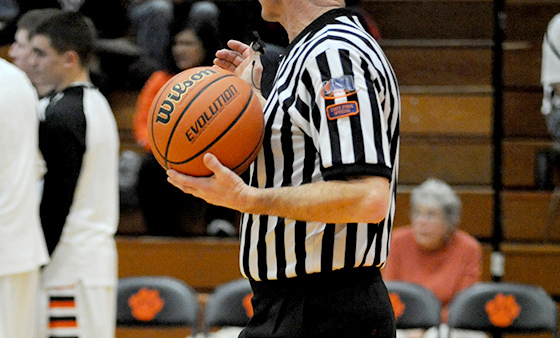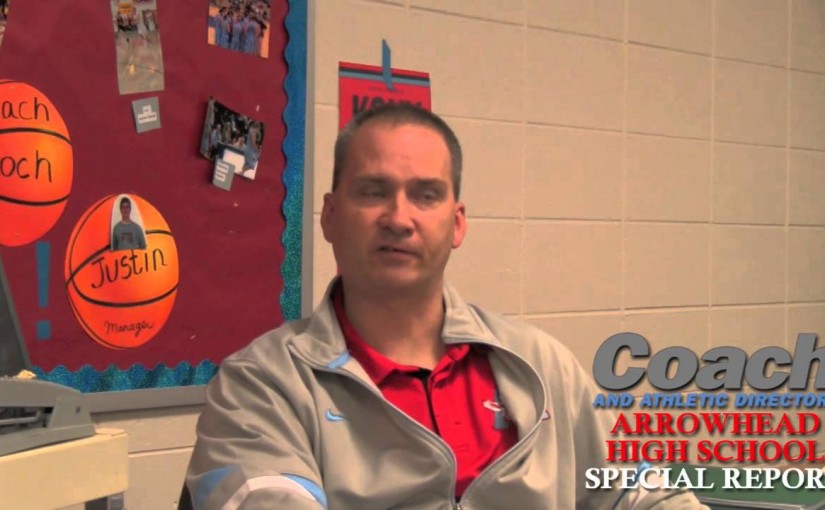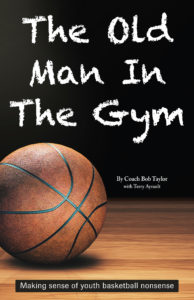Drills, exercises to help athletes across multiple sports
For many sports, it’s now time to plan your offseason development program. Your goal is to design a program that directs you toward your fall goals.
When designing your offseason performance program, for example, basketball players want to include drills that directly translate to their on-court performance. But drills that improve coordination, speed, agility and power can benefit athletes across many sports.
 Let’s take a look at some areas of improvement along with a few ideas for enhancing athletes in that specific area.
Let’s take a look at some areas of improvement along with a few ideas for enhancing athletes in that specific area.
Coordination
The goal of coordination training is to enable the body to move smoothly, effectively and efficiently. Coordination includes footwork, agility, balance and movement skills. It also includes training the brain to be efficient while moving.
Have you ever noticed the lack of coordination a younger player has while performing a new footwork drill. After two or three sessions, the player usually picks it up. Many times, this is due to the movement pattern being foreign to the player’s brain. Their brain is learning a new movement pattern, so it’s important to be patient.
Think about when you were young, learning how to ride a bike. You did not immediately pick it up, and it likely took a few falls before you started to get the hang of it. If the athlete is giving a valiant effort to learn, you must be patient.
- Tools to use: Agility ladders, agility rings, dowels, small plyometric boxes and mini-hurdles
- Drill to try: The lateral carioca drill. Perform this on an agility ladder. Start slow and increase pace when proficient. Perform going to your right and left.
Make sure to regress drills when necessary. To increase coordination learning, simplify the drill. To simplify a drill, remove one level of difficulty. For example, do not add dribbling to a foot ladder drill if the player cannot properly perform the drill without dribbling a basketball. Once they gain proficiency, then it’s acceptable to move forward.
Force absorption and production
Force production is your ability to use power and strength. It’s expressed in many ways, including strength, power, vertical jump, speed and acceleration. This type of training occurs during resistance training sessions, like the weight room. However, it also includes plyometrics, Olympic lifts, sled drags, inline sprints and parachute sprints.
Force absorption is expressed while decelerating. This happens when slowing down, changing directions or landing from a vertical jump.
The ability for your players’ bodies to absorb forces helps prevents injuries and improves agility and explosiveness. Force absorption is what makes your posterior chain of muscles — hamstrings, butt, back — so important for athletic development.
- Tools to use: barbells, dumbbells, bands, bodyweight drills
- Exercise to try (force absorption): The hip thrust. Perform this by sitting on the ground with your back against a bench and feet planted in front of you. Place a barbell on your hips with your feet on the ground, and push your hips toward the ceiling. Perform 10 times.
- Exercise to try (force absorption, force production): Drop jumps. Stand on a bench or box. Drop off the bench and immediately jump once you hit the ground. Perform five times.
Use the “eye test.” If it looks un-athletic while loading a movement, decrease the resistance used. Do not sacrifice proper form for increased weight or resistance. Doing so will increase your player’s risk for injuries.
Also remember that excessively using bands for dribbling drills and sprint drills without considering force absorption is a recipe for knee and ankle injuries. Banded drills address force production, however if your athlete cannot absorb the force that it produces, an injury will occur.
There has been a dramatic increase in non-contact ACL injuries in some sports like basketball. Are we (coaches, skill coaches, etc.) causing these injuries? More is not always better. However, balanced training is always better.
Proper angles
To move efficiently when changing directions, you need to teach proper angular mechanics. This includes acceleration, changing directions and lateral movement drills.
This area can be a neglected part of performance training, however, a critical area to maximize your players’ performances. The proper angle and mechanics will save a step and increase the speed in which a player moves to a new position.
- Tools to use: Walls, court drills
- Drill to try: The wall sprint drill. Stand with your hands on the wall and your body at an angle. Raise your right leg to waist high and continue to switch legs in a marching movement. Perform for 15 seconds.
Mobility
Mobility is the ability of your joints to properly move and feel comfortable in certain positions. Mobility includes, but is not a limited to, flexibility.
Mobility is more active. It includes the body’s ability to relax, feel comfortable and in control within the range of motion. Mobility can be trained with drills that can be considered stretches, however mobility can also be trained by forcing your athlete to perform movements that challenge a player’s range of motion.
- Tools to use: Bands, hurdles, mobility exercises
- Drill to try: The hurdle mobility drill. Stand next to a track hurdle or something that you can step underneath. Step through with the right leg, and move your entire body through the hurdle. Stand up on the opposite side and repeat in the other direction. Perform for 30 to 45 seconds.
Understand that static stretching decreases performance prior to playing. Move away from static stretching to a dynamic warm-up. Dynamic warm-ups increase a player’s mobility without decreasing performance.
Coordination, force production and absorption, angles and mobility are foundations of a great offseason workout. Each contributes to athletic development.
The ultimate goal is to develop efficient athletes. Creating efficient athletes increases your team’s performance and helps you win more games.









